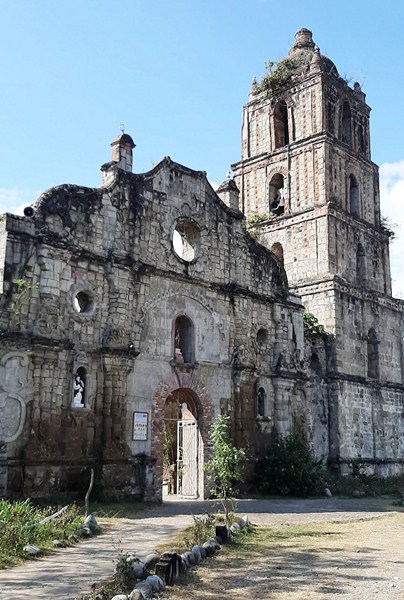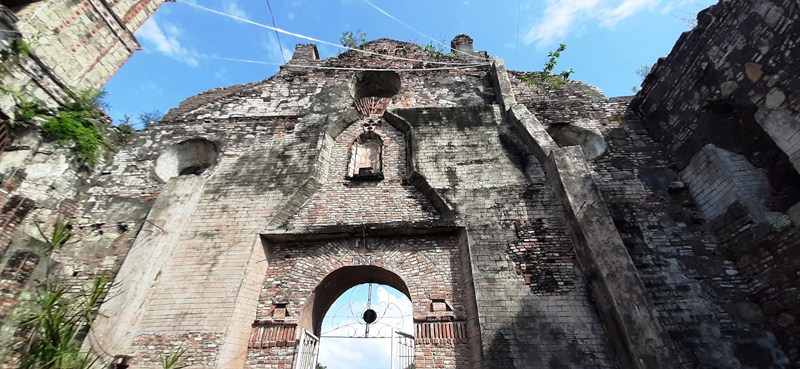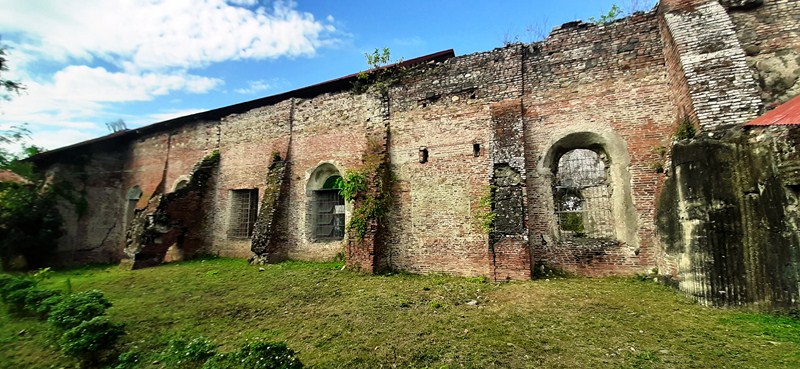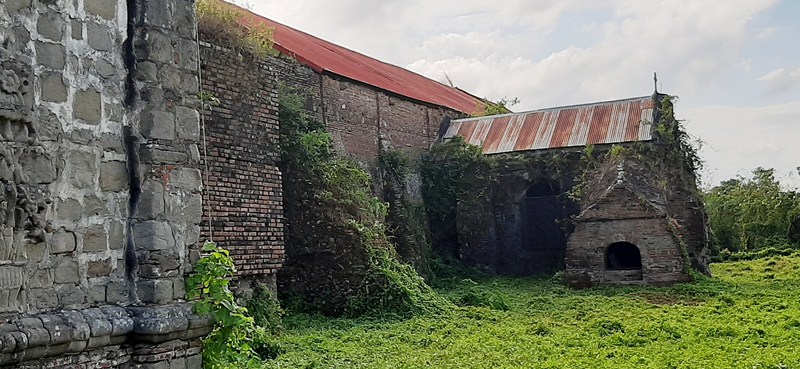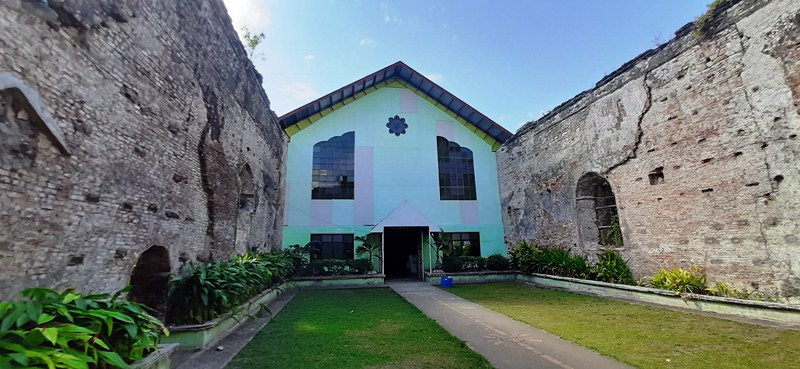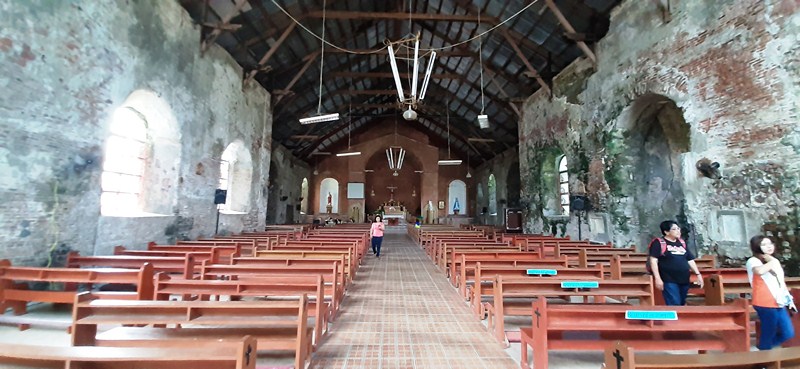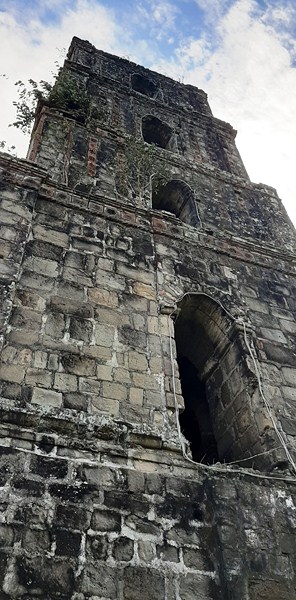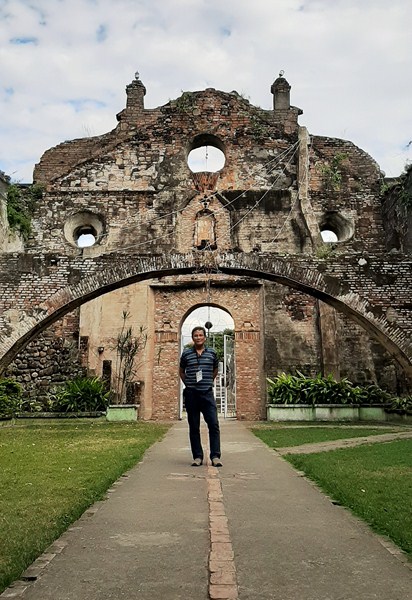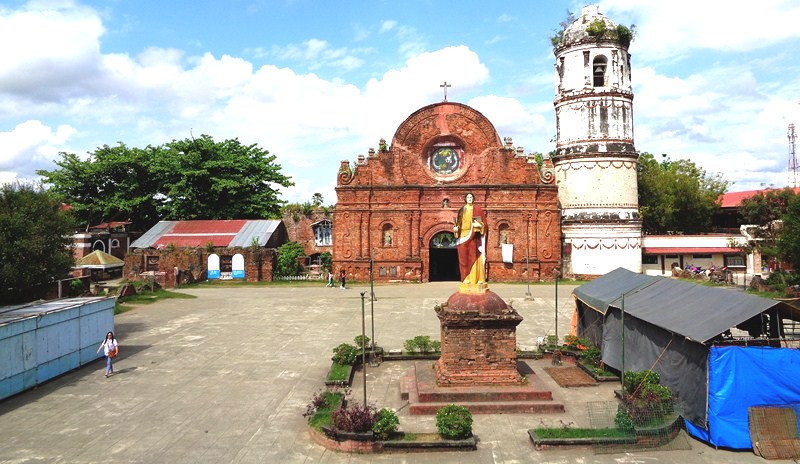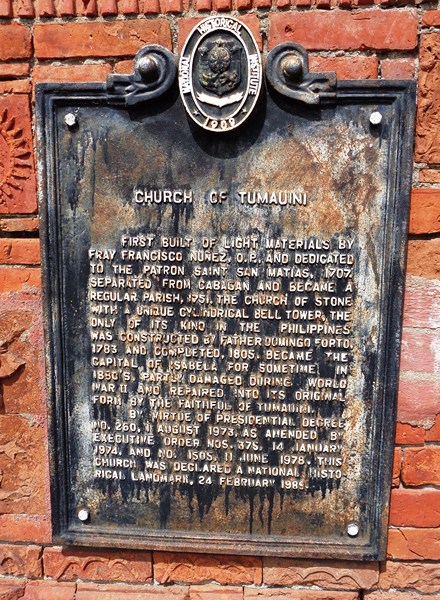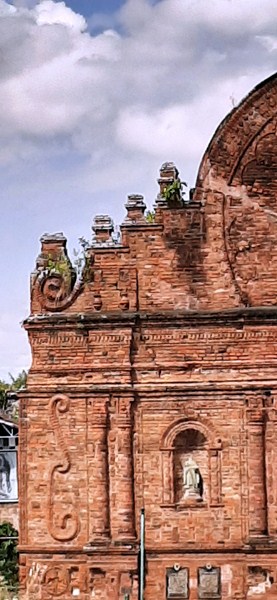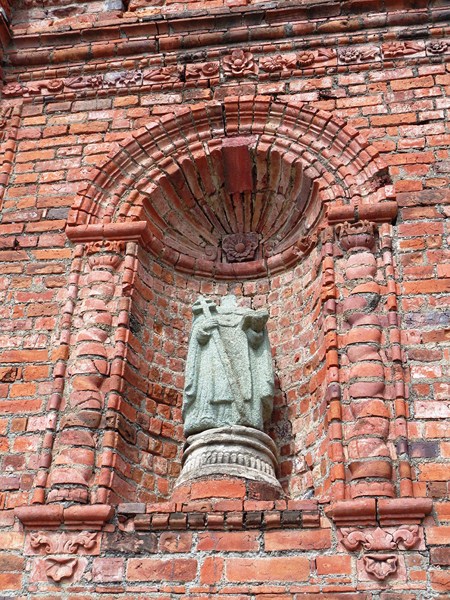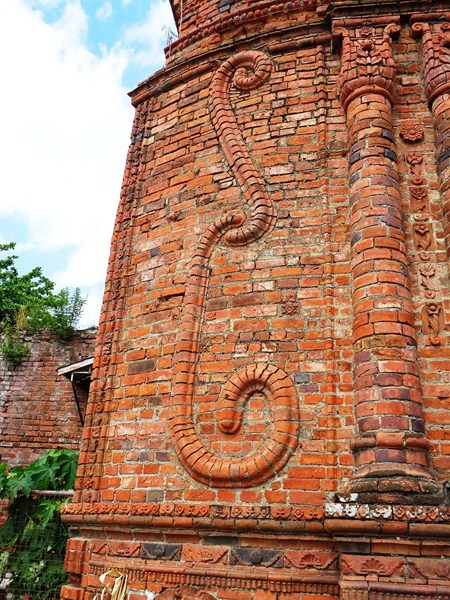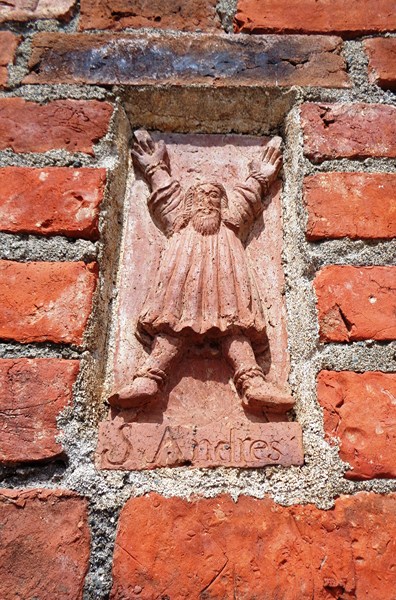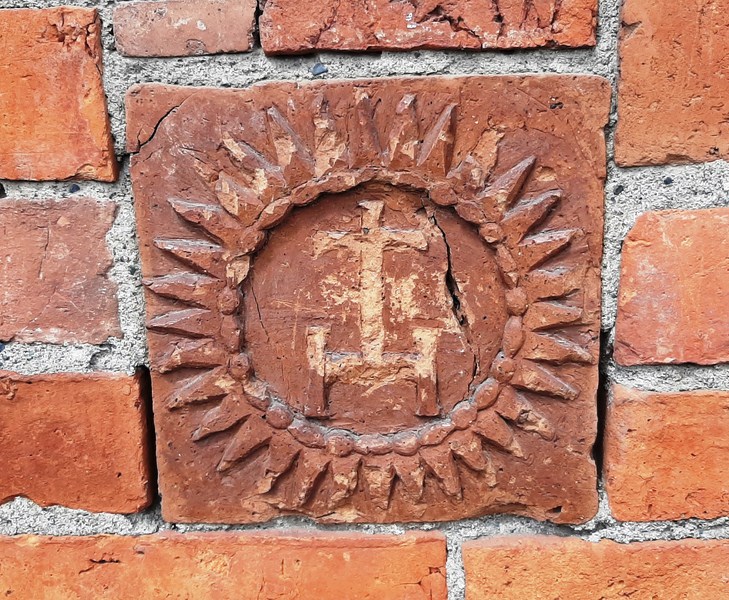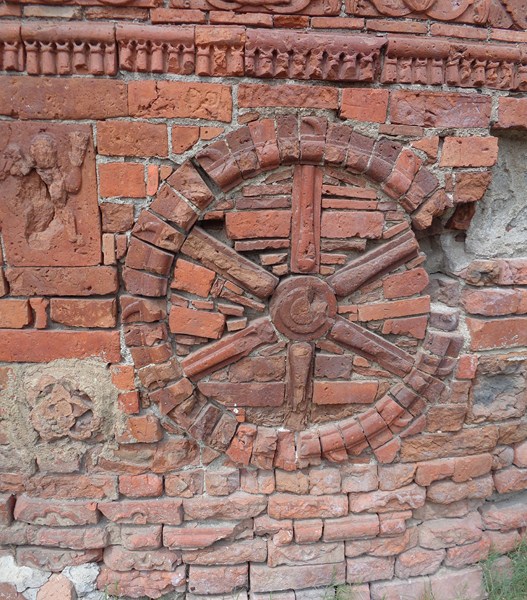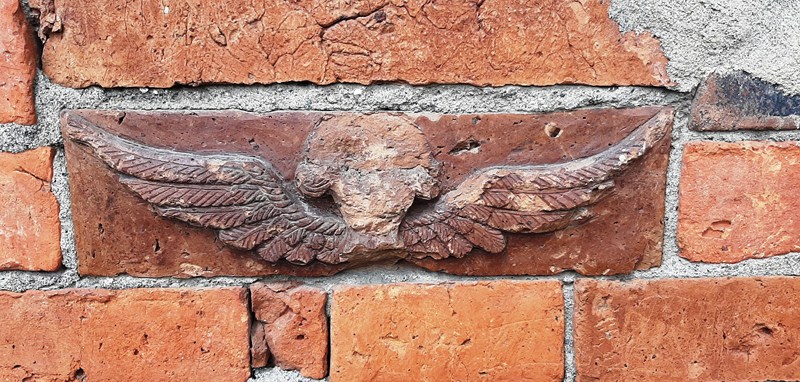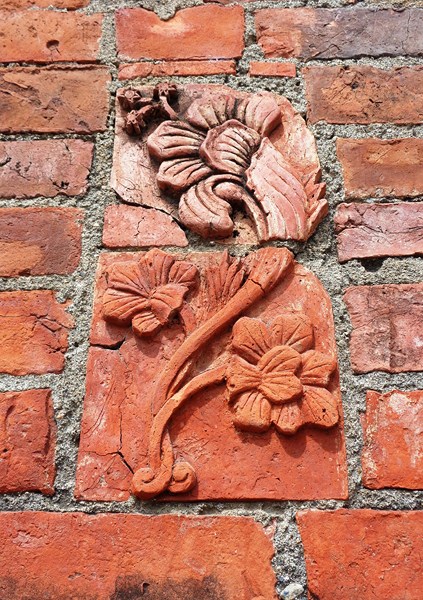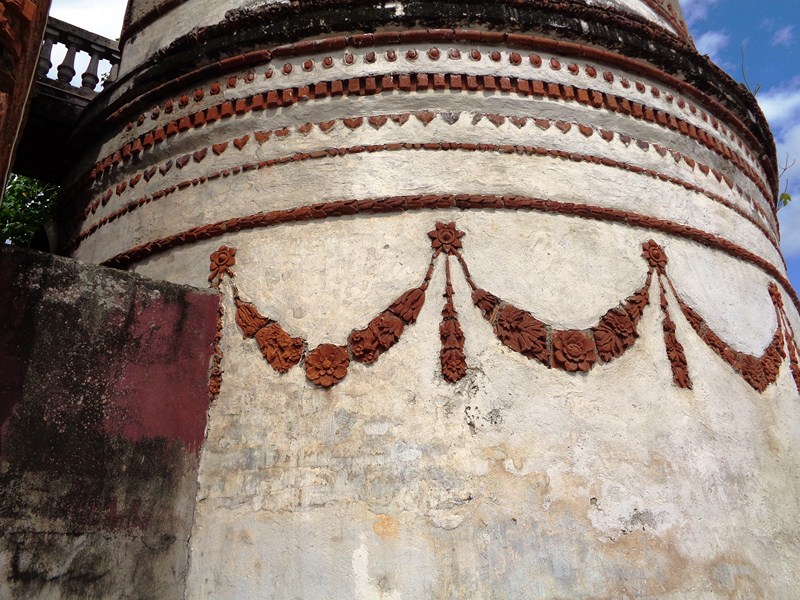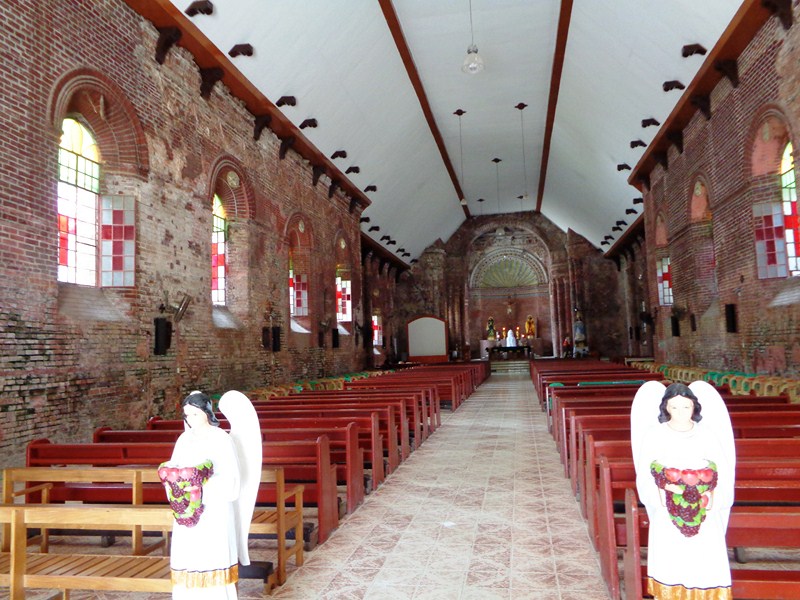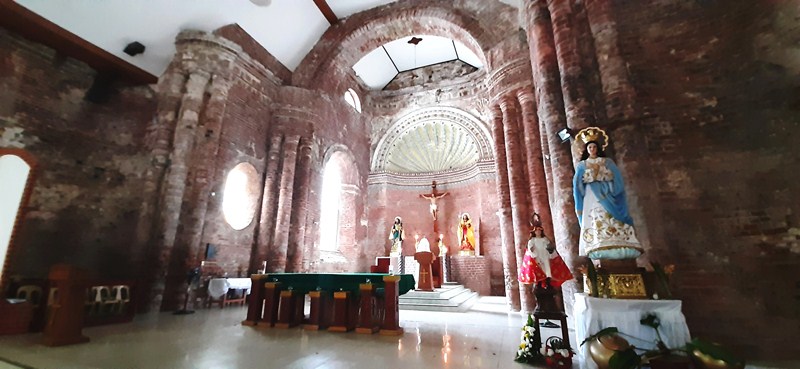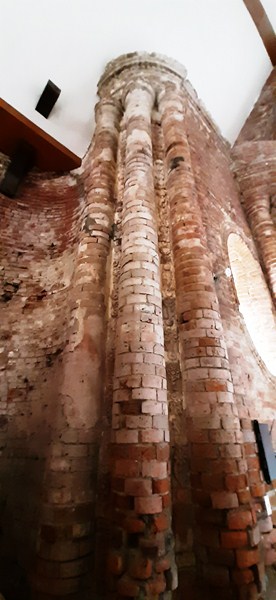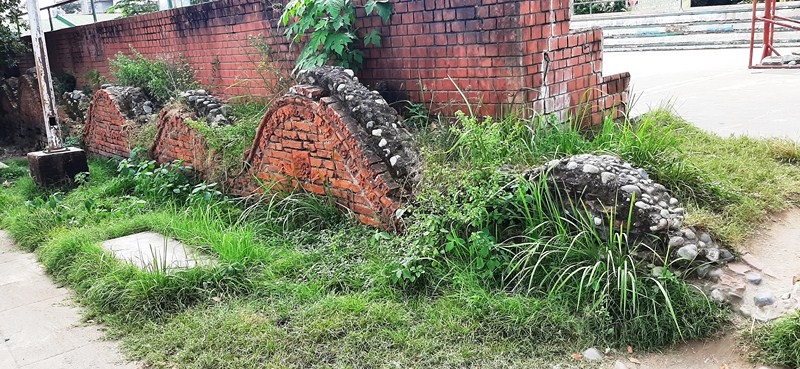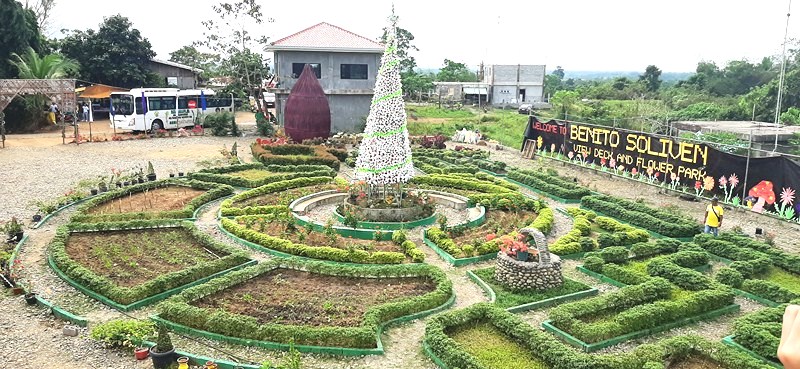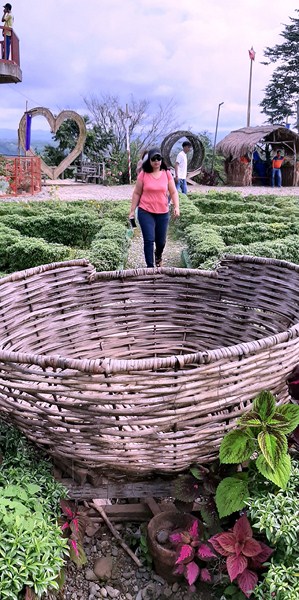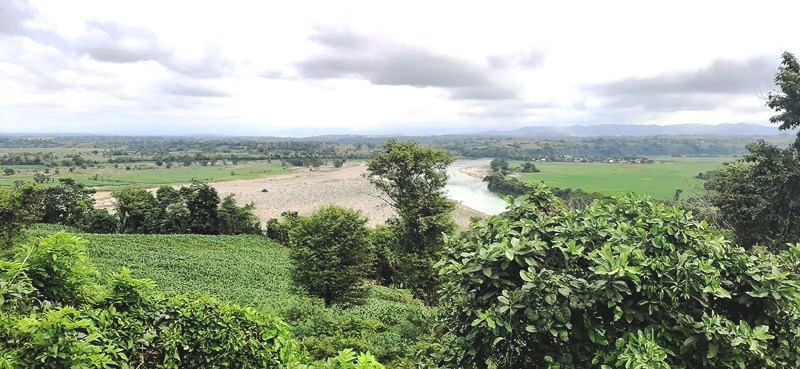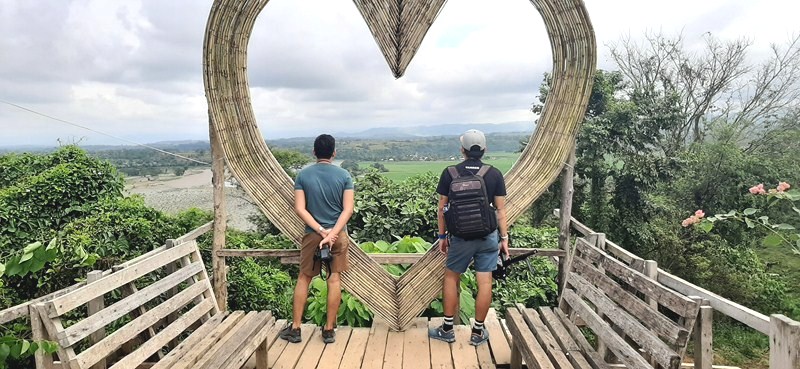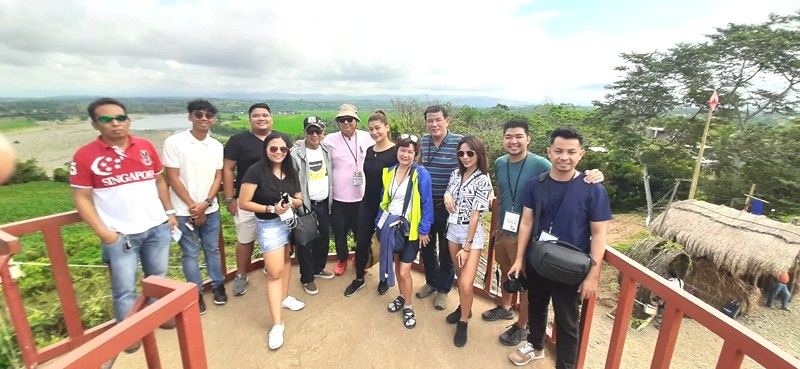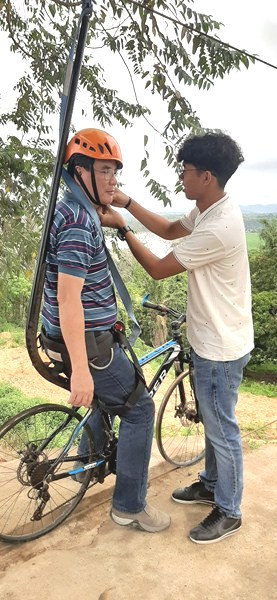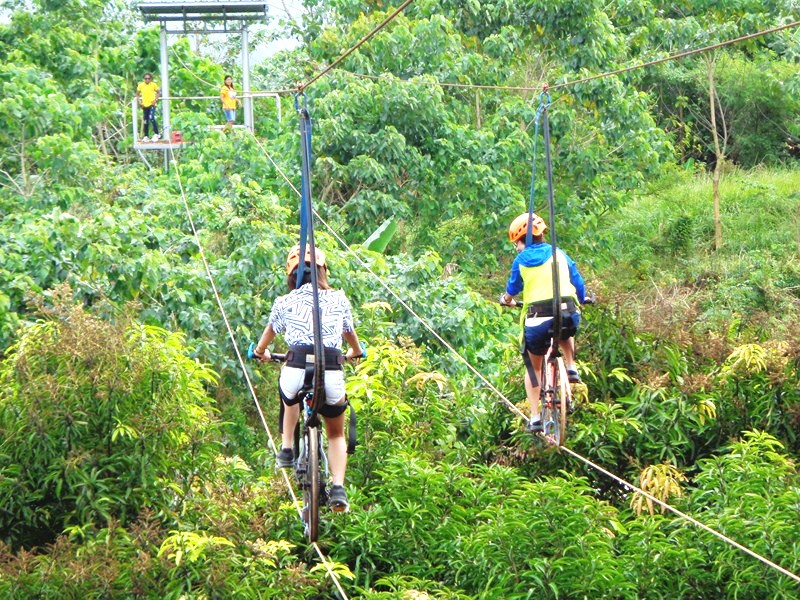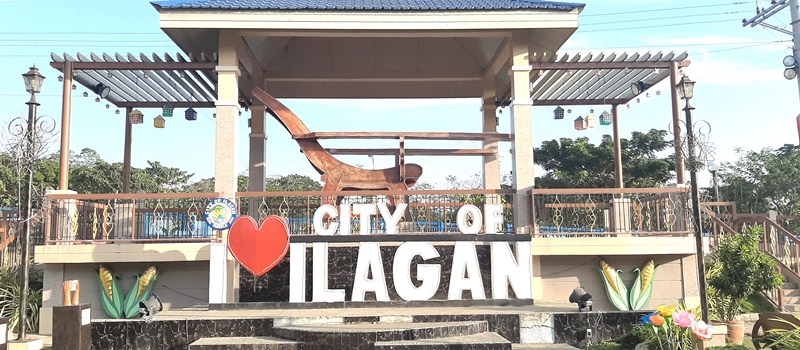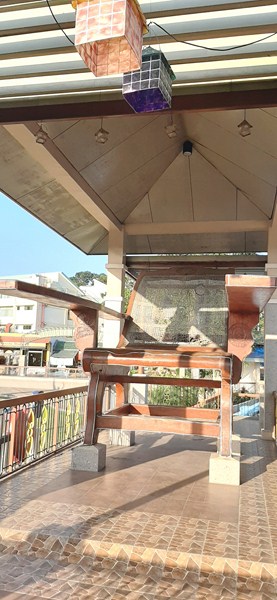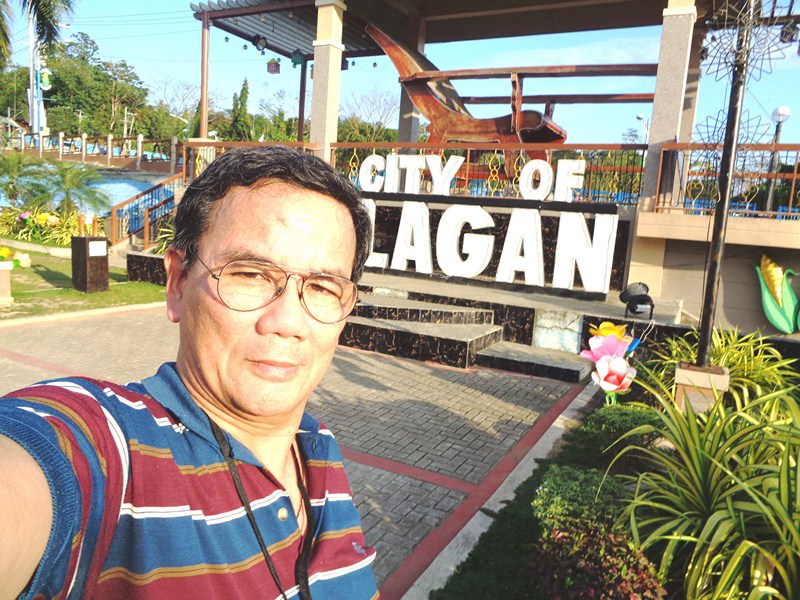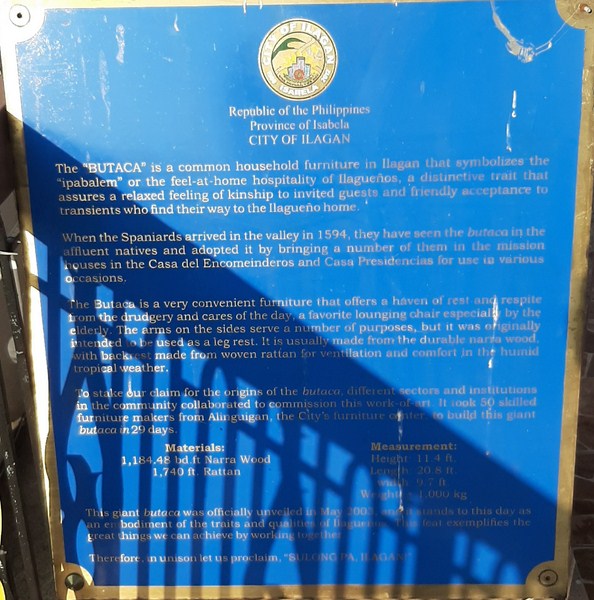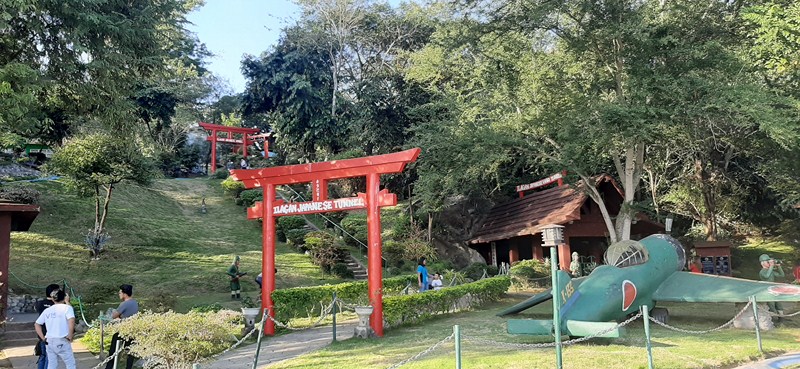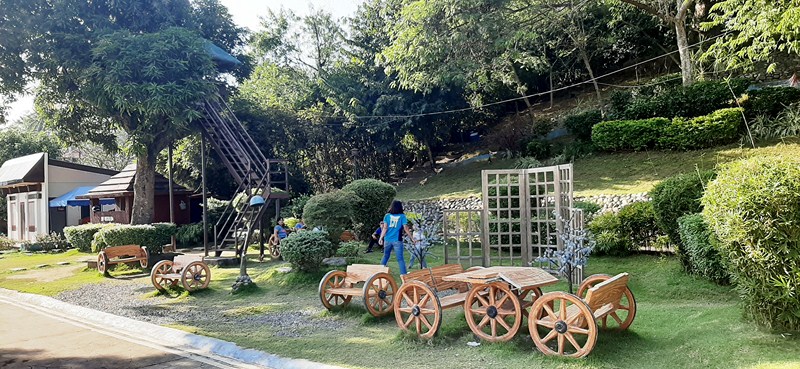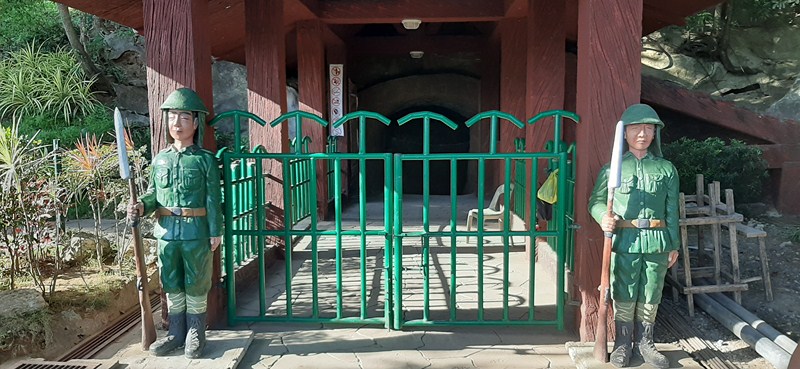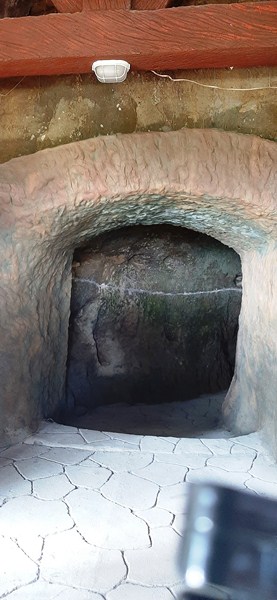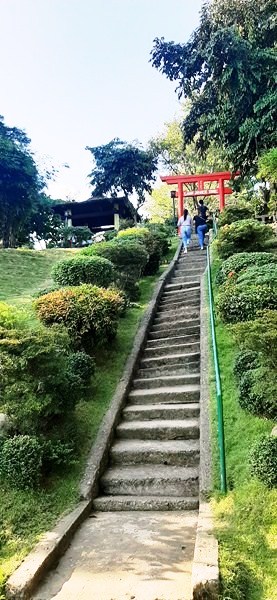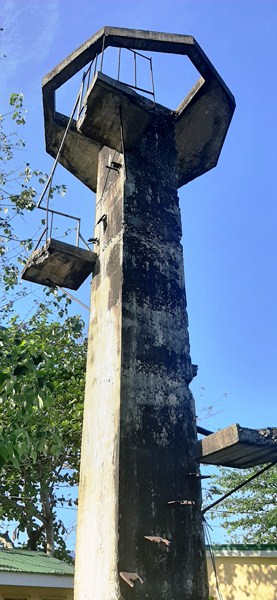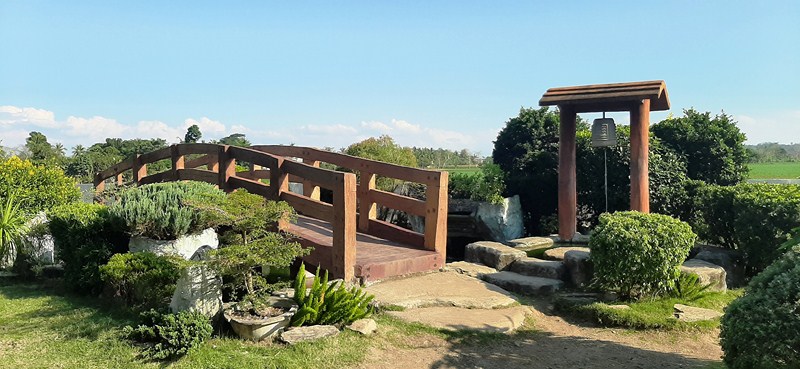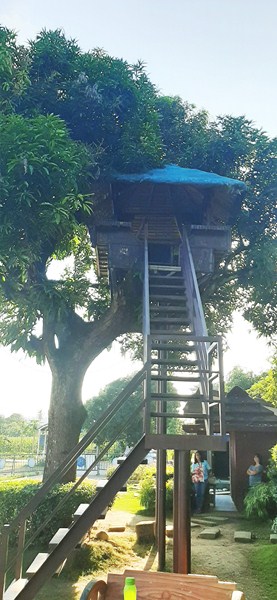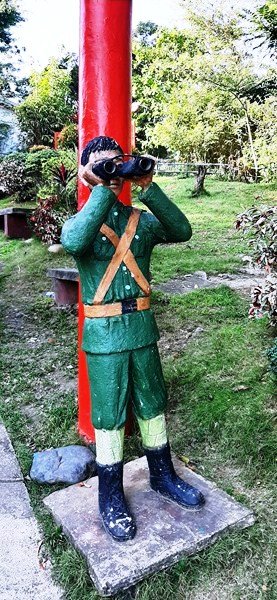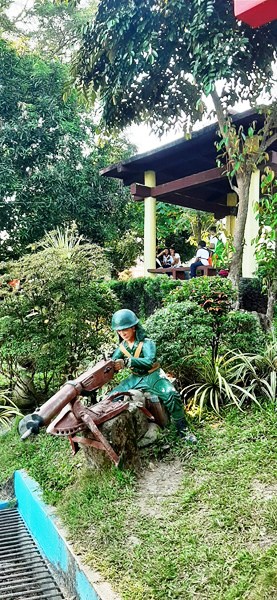We after checking out at The Sophia Hotel and brunch, with Vice-Gov. Faustino “Bogie” Dy III, we were finally on our way back to Manila but, 23.4 kms. out of the city, we made a short stopover at the beautiful and solid Church of Our Lady of Atocha (Nuestra Señora de Atocha) in Alicia.
Check out “Hotel and Inn Review: The Sophia Hotel“
This 753.48 sq. m. church, the smallest (in terms of floor area) and the youngest (at 171 years) Spanish-era church in the Cagayan Valley, has a brick façade with a semicircular arched main entrance on the first level and semicircular arched statue niches on the second level, all flanked by engaged columns that divide the façade into 3 segments.
It also has a two-level undulating pediment topped by urn-like finials. The four-storey, quadrilateral and domed bell tower, on the church’s left, has blind semicircular arches on the fourth level. At the tower’s base is an entrance portico with the church’s old (1876) bell displayed prominently at the top.
This church, as well as the Church of St. Rose of Lima in Gamu, and the Church of Our Lady of the Pillar in Cauayan City, are examples of what is called as the “Cagayan Style” of Spanish churches that was inspired by the Tuguegarao church. It was officially declared by the Philippine Department of Tourism as a national religious tourist destination in the Philippines.
Check out “Church of St. Rose of Lima” and “Church of Our Lady of the Pillar“
Church of Our Lady of Atocha: Maharlika Highway, Brgy. Antonino, Alicia 3306, Isabela. Tel: (078) 662-7108. Mobile number: (0908) 36-3045. Feast of Our Lady of Atocha: September 8.
Isabela Provincial Tourism Office: Provincial Capitol Complex, City of Ilagan, Isabela. Tel: (078) 323-3146. Mobile number: (0917) 317-3820. E-mail: isabelatourismoffice@gmail.com.
Isabela Provincial Information Office: Provincial Capitol Complex, City of Ilagan, Isabela. Tel: (078) 323-0248. Mobile number: (0927) 395-7555. E-mail: letters_info@yahoo.com.
How to Get There: Alicia is located 353.72 kms. from Manila and 59 kms. southwest of the City of Ilagan.






